Table of Contents
Imagine a typical classroom, what can you see and hear? It may be quite noisy, have lots of furniture and equipment crammed into small spaces, perhaps a bit of clutter and bright and colourful displays on every available wall space!
This can often be very overwhelming and distracting for an autistic child. Here are some points to consider when thinking about setting up a classroom, to ensure it is the most effective learning space for all pupils:
Low arousal
An ASD friendly classroom should aim to be low arousal and with minimum distraction. Distraction can be anything that takes away the focus from the learning. Knowing the pupils I’ve taught, this can come in the form of disorganised resources or a gap between a blind and the window, so you have to be really creative sometimes in order to reduce these distractions!
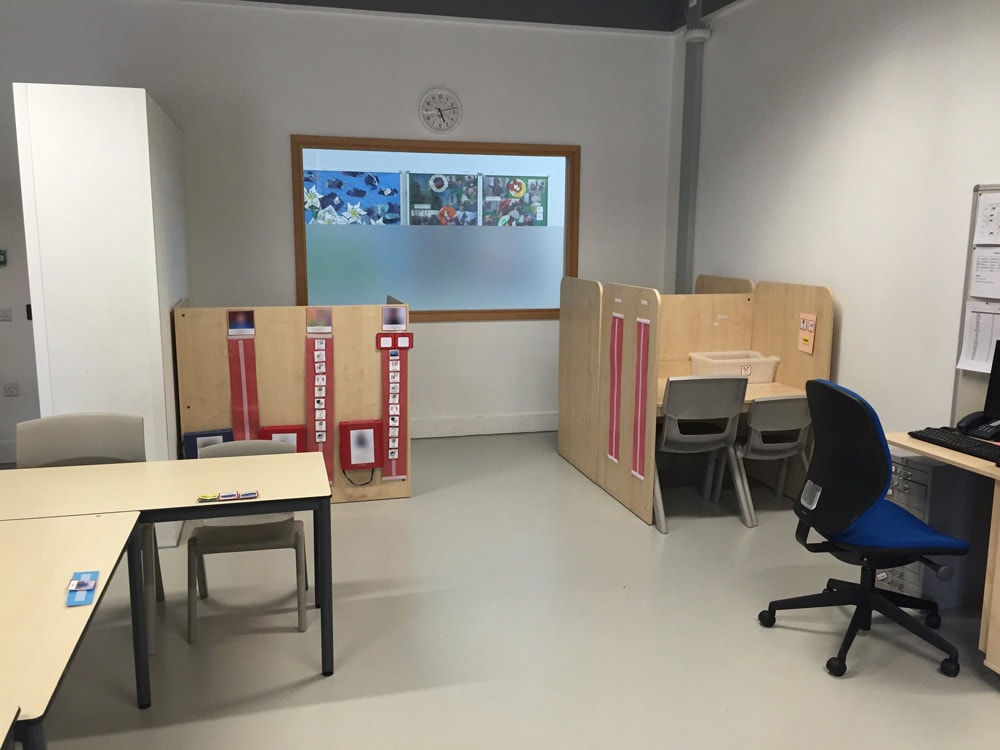
Photo taken at The Garden School
For students with complex needs, any inviting equipment would be best placed in a cupboard until its time to be used, otherwise, you cannot be surprised if a child wants to play with the art materials that are already on the table or the bright green umbrella someone has put on top of the cupboard! The children will just want to explore at all times.
For this reason, I try to ensure all equipment and resources are organised and out of sight, either in a cupboard or in covered boxes that are out of reach, and only when needed are taken out and in sight.
Storage space is therefore essential! I am grateful to have a large lockable walk in cupboard next to my classroom and 2 large lockable cupboards inside the classroom, as well as tray storage units in the classroom. It would be unfair to the children for you to ask them to complete a lesson or task if there is something more interesting at the other side of the classroom which they want to play with!
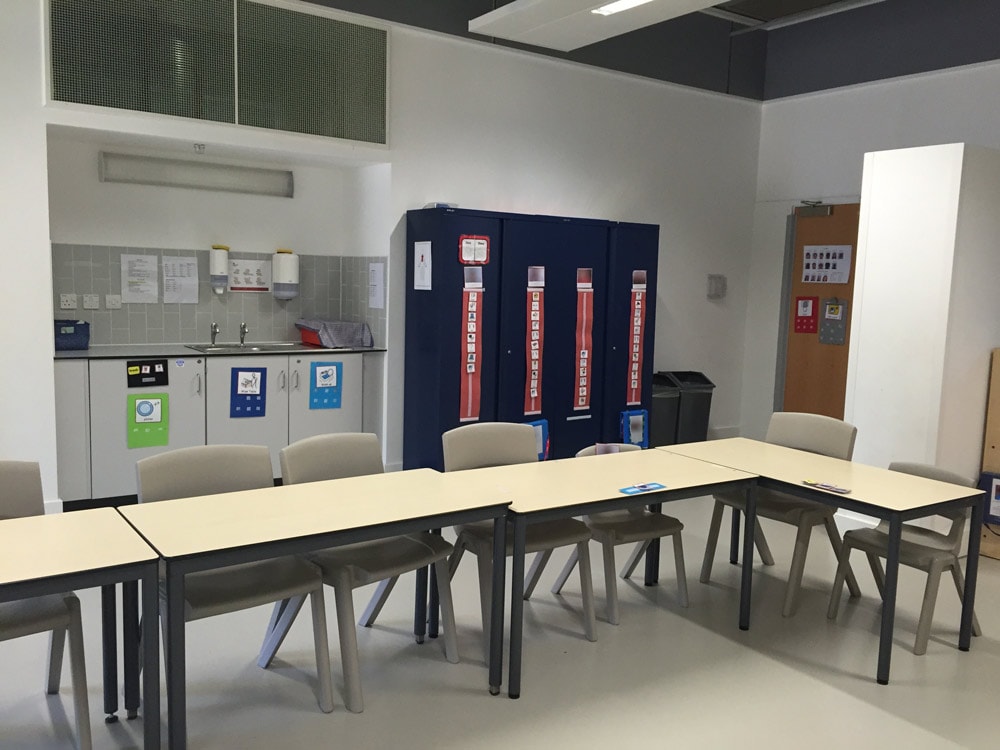
Photo taken at The Garden School
I try to keep displays and notices on walls to a minimum and only display necessary documents in the classroom to reduce distraction on the walls. Windows can be a huge distraction and therefore strategically placing tables and workstations away from windows, depending on the child, can be really helpful for them.
Space
It is essential to think about space in the classroom for the pupils, as well as for equipment and resources. For some pupils, having another child sat directly next to them is not an option and could lead to avoidable challenging behaviour. Think strategically about placing tables, chairs, workstations, computers and cupboards to enable personal space. Dividers can be useful for dividing areas, although ensure they are solid as flimsy dividers can be fun to push over!
Structured Teaching
Structured teaching is an approach developed by the University of North Carolina, TEACCH program and is an approach to teaching based upon an understanding of the characteristics and learning styles associated with the nature of autism.
Structured teaching aims to teach a child how to learn in a familiar and methodical way. The environment is organised in such a way that the child is familiar with and understands what is expected of them.
Visual cues enable the child to understand what needs to be done and to focus on relevant information.
At the school I teach at, I am grateful to have purpose made workstations with solid backs which create a great distraction free workspace. Here are some examples of the visual cues and prompts associated with structured teaching:
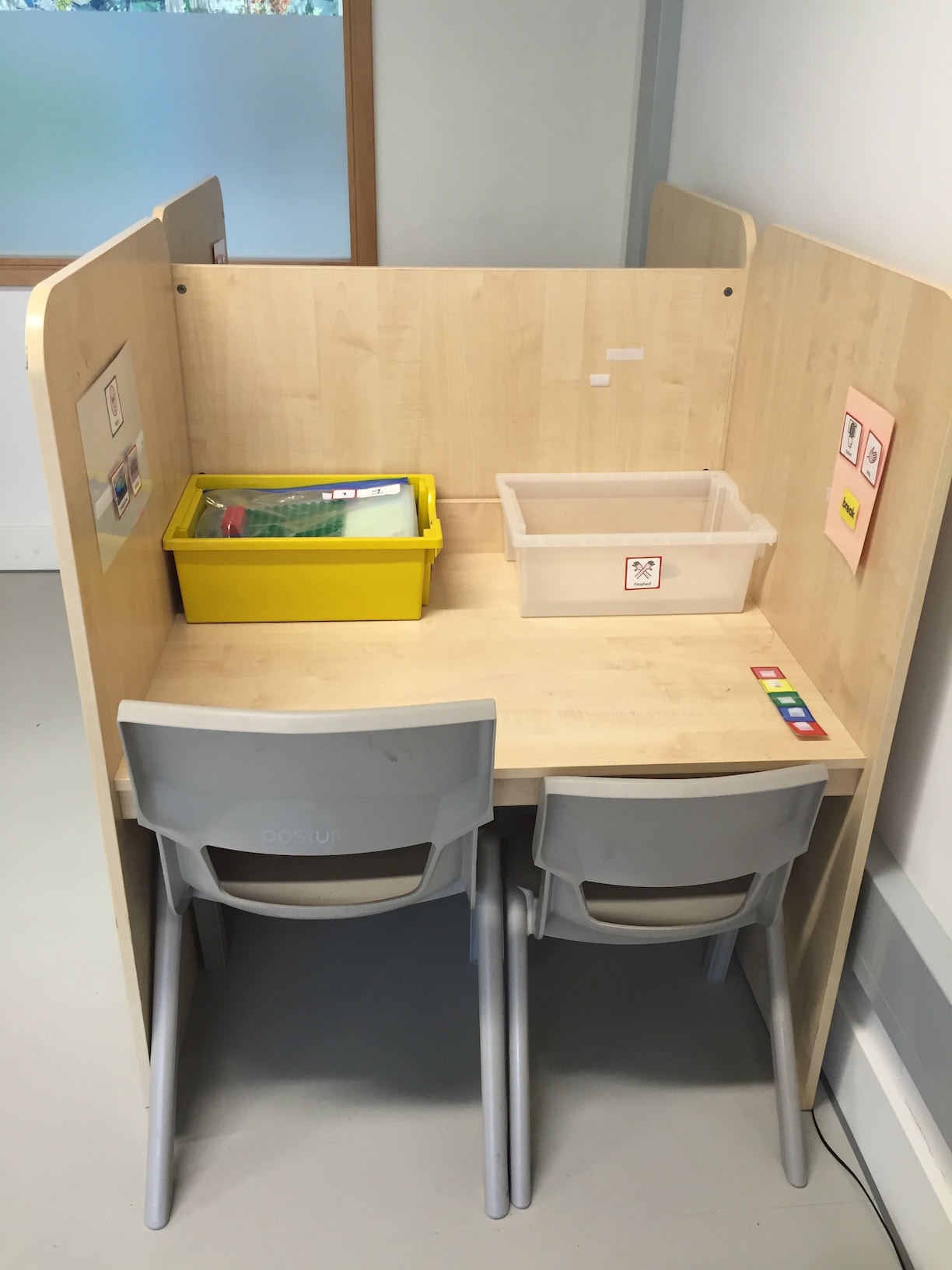
The child puts their own workbox on the left side and the ‘finished’ box is on the right side. When the child has completed a task, they will put it in the ‘finished box’. This reinforces working left to right.
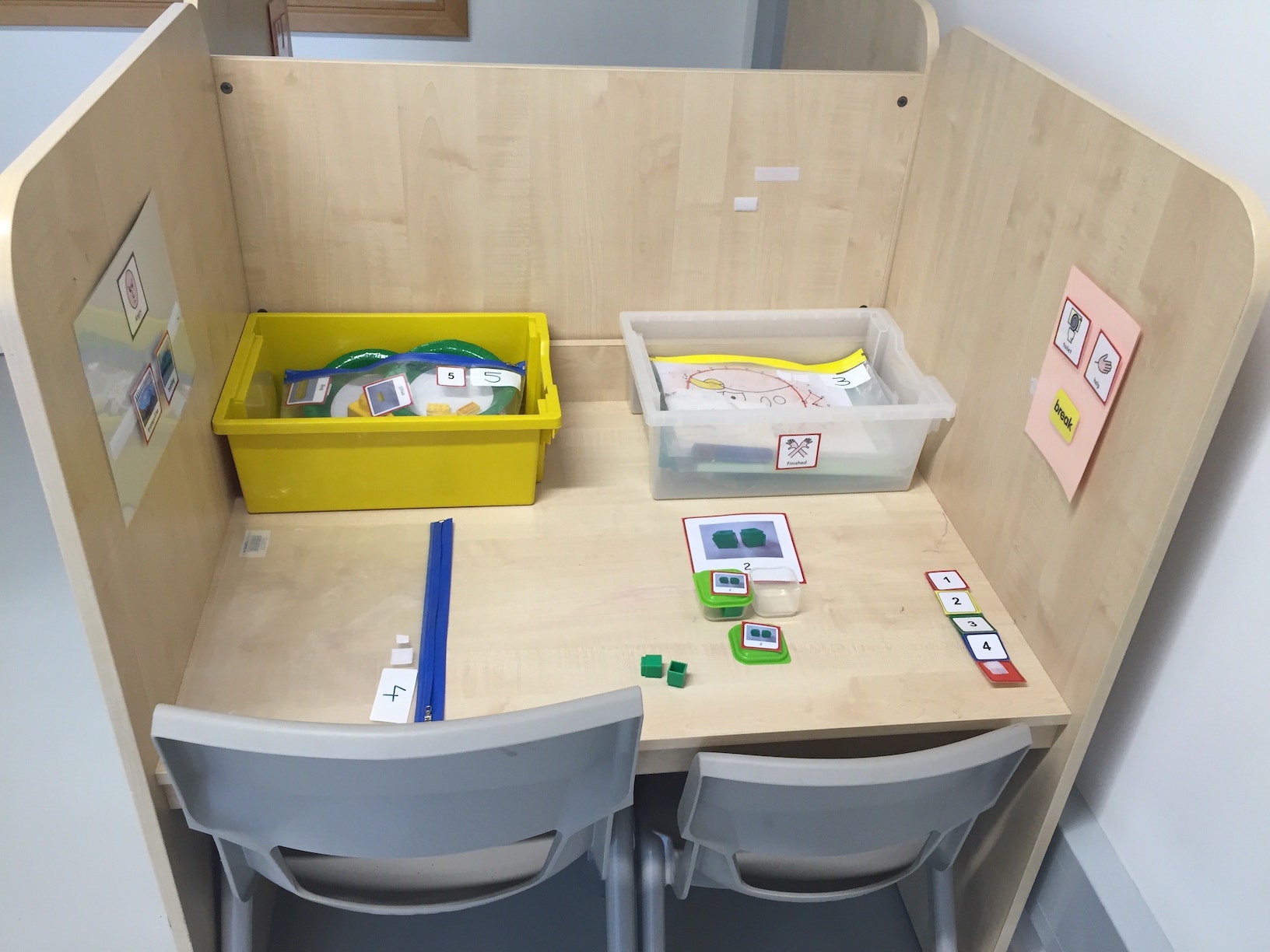
The different coloured numbers are used to show the child which task is 1st, 2nd and so on. When the child takes the activity out of the box (previously prepared and in the correct order!) they can take the number from the wallet and match it to the number board on their right. This gives a clear visual cue of how many activities need to be done and in which order.
Access to Total Communication
Access to communication is vital! Each pupil will communicate in a different way and possibly use many different types of communication (e.g., speech, sign, symbol, picture, photo, object, gesture, vocalisations etc.). We must provide environments that cater for these different communication needs and encourage communication.
Depending on your child’s needs, this may involve placing symbols, objects and photos around the classroom, ensuring independent access to PECS book/ AAC device at all times (not in the cupboard!!) and ensuring a sign vocabulary book is accessible for all staff.
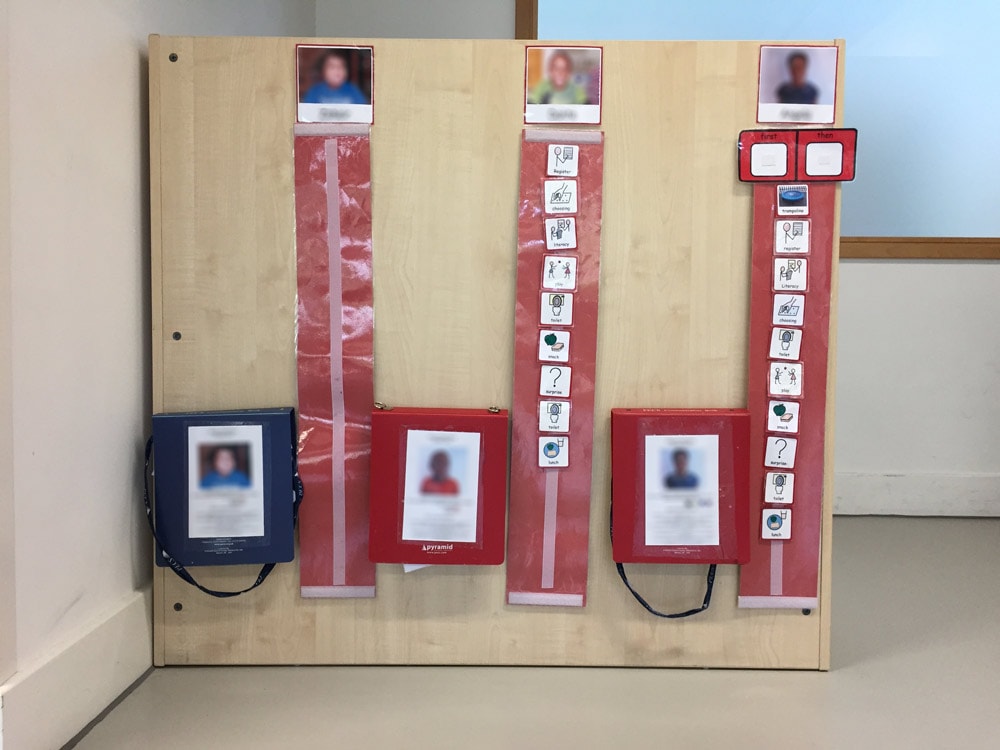
A useful place for keeping PECS books could be next to visual timetables. The pupils therefore have access to the PECS books at all times.

Here is an emotional regulation communication board, accessible at all times for a child to communicate what they want and also to reinforce the emotion of anger.
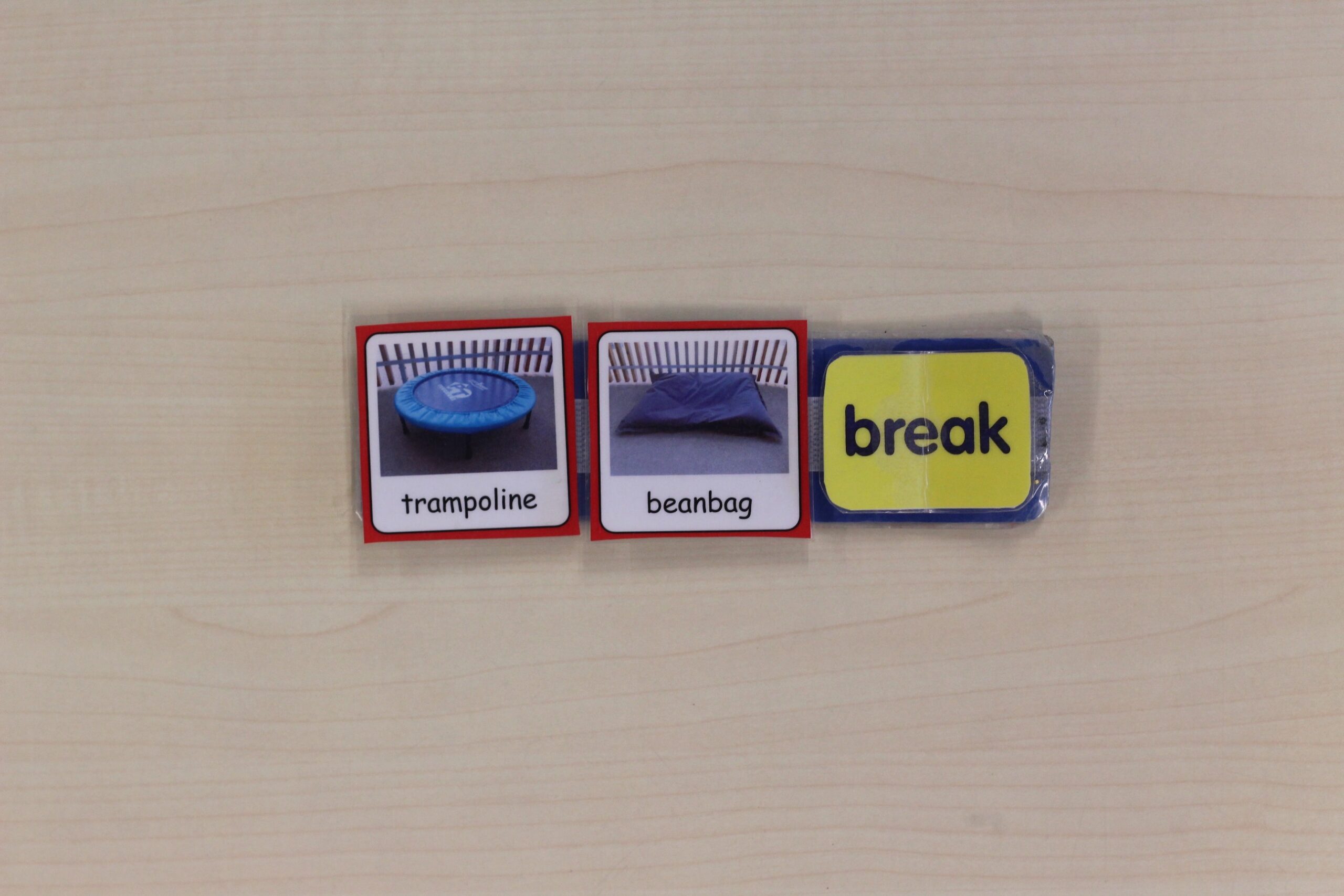
Communication object/ photo/ symbol strips can be placed anywhere that is appropriate and makes sense to the child. The one above is placed on the child’s table and is therefore always in hand reach to the child when he is working at the table.
Break Out Spaces
A break out space is an area separate to the classroom where a pupil can go to have a ‘break’. This could be another room or outside in the playground, but most importantly, a place that is suitable for the child. In my class, I currently have 1 pupil who will independently ask for a break and others who require a visual prompt to support them to communicate having a break. This is an important part of the child’s development, beginning to understand emotions, identifying and regulating how they feel.
For one pupil in my class, the area outside our classroom works well for him because he loves to bounce on the trampoline or lay on the beanbag which is very regulating for him. Another pupil finds this area too overwhelming and benefits more from going to a space indoors where she can play with playdough. It depends on the child and what works for them, especially when thinking about the strategies for regulating their emotions.
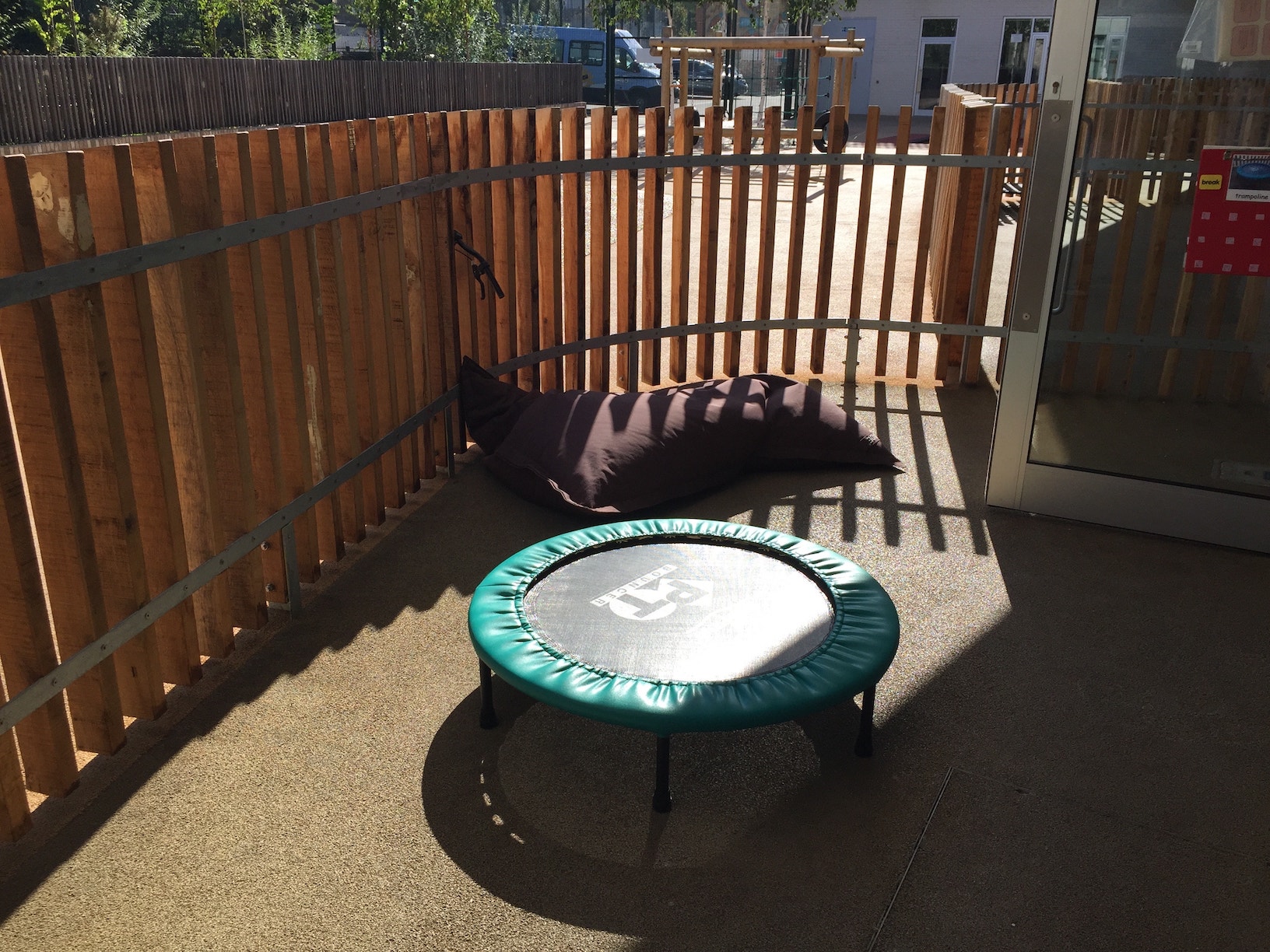
Visual Timetables
Autistic children can really benefit from having a visual timetable because the visual information can reduce anxiety by showing the child what is going to happen in their day. Visual timetables can also enable pupils to be as independent as possible, by visually showing them where they need to go or what they will be doing next. Visual timetables can vary depending o the needs of the pupils and can be in the form of objects of reference, photos, pictures, symbols, words or handwritten.
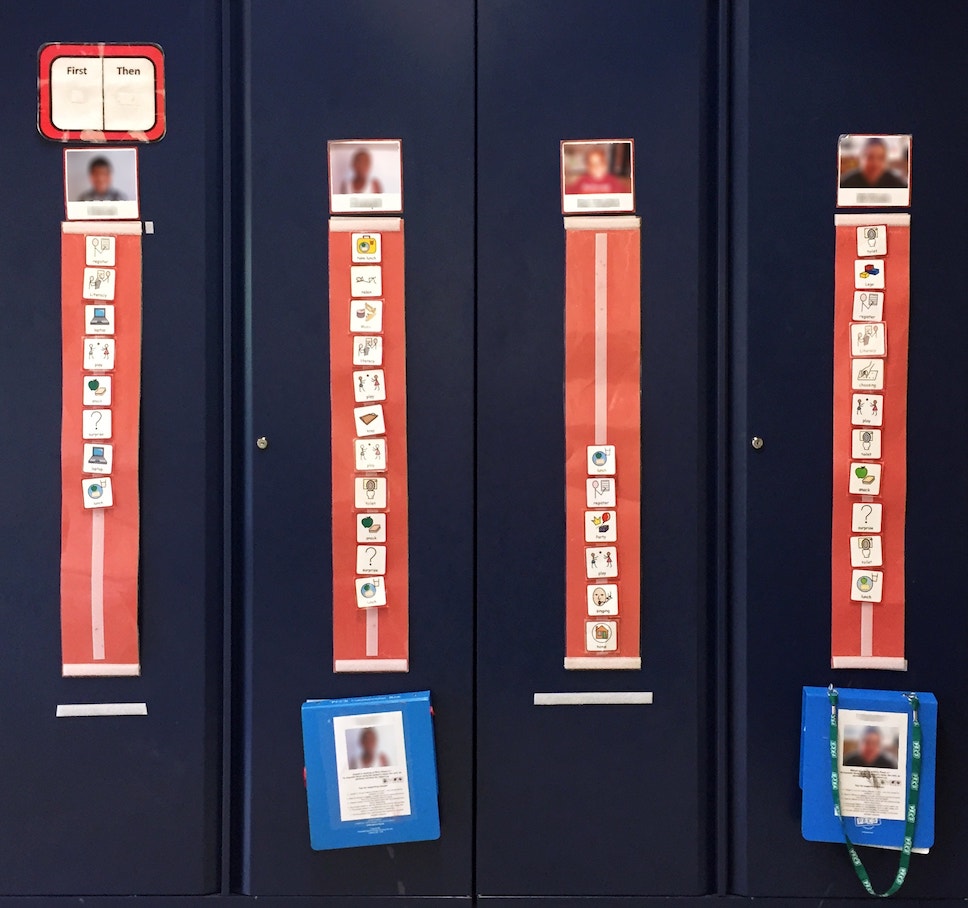
Creating Independence
A well organised and clearly labeled environment will be conducive for learning independence skills. This includes equipment trays and work boxes that are well labeled in an appropriate way the pupils can understand (i.e with objects, photos, symbols or words).
Pupils will therefore be able to easily access the equipment they need and this will reduce dependency on others. When my pupils begin their literacy or numeracy session, they will go and get their workbox and take it to their workstation and will begin independently. This also applies with tidying up, if the pupils are able to identify where the objects belong, they will be able to put them back themselves.

Good luck with setting up your classroom! Please leave any comments or questions.
Click here for more information about how to use visual timetables.
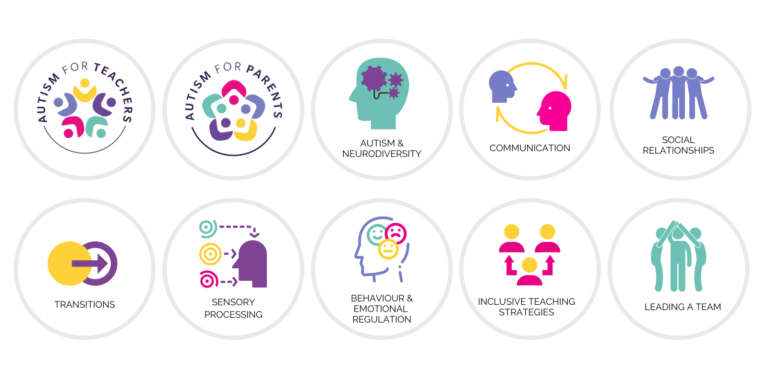
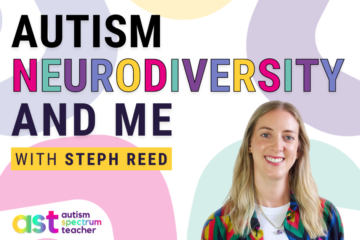
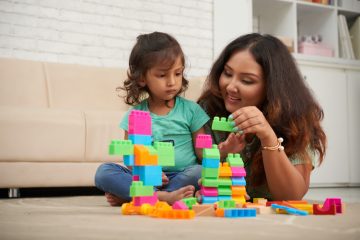

15 Comments
Gillian Eccles · February 9, 2016 at 3:02 pm
Hi. I am looking for work stations the same as those shown on your pictures. Can I ask where you purchased them from please.
Many thanks
Mimi Sinclair · March 24, 2016 at 12:59 am
I am also interested in where to purchase these work stations. Have been asked to submit my wish list for next school year.
Donna Marks · April 29, 2016 at 3:00 am
Your tips are invaluable. I think they will help me in my new task. To get an autistic 4 year old boy
with challenging behaviour ready for a busy mainstream class.
I look forward to creating and using a visual timetable and the work tray left to right methods described in your blog. Wish me luck.
sreed · April 30, 2016 at 11:56 am
I will try and find out!
sreed · April 30, 2016 at 11:57 am
I will try and find out!
sreed · April 30, 2016 at 12:00 pm
Good luck Donna, remember to look at the reasons to whats causing the challenging behaviour.
Keep me updated on my Facebook page https://www.facebook.com/asdteacheruk/
Steph
sreed · July 27, 2016 at 3:36 pm
I would recommend the workstations by Agati: http://www.agati.com/carrels-study-primary/ If you do speak to them or request a quote/ purchase, it would be great to mention ‘ASD Teacher’, thank you!! 🙂
Tom · August 1, 2017 at 4:41 pm
Hi, I am an SEN early years teacher. I have followed a TEACCH approach for my classroom but also see how continuous provision can really help the development of children. Do you use continuous provision in your setting and do you have any recommendations?
sreed · December 30, 2017 at 4:45 pm
I hope you got my email, Steph
Steph Reed · July 17, 2018 at 11:07 am
I would recommend the workstations by Agati: http://www.agati.com/carrels-study-primary/ If you do make a purchase with Agati, I would very much appreciate if you quoted ‘ASD Teacher’ with your purchase, many thanks
Yasmeen Iqbal · May 17, 2019 at 4:26 pm
Please could you let me have information regarding the work stations.
Rachel · November 27, 2020 at 6:17 pm
Hi Steph, I work in an integrated resource for children with social communication and speech and language difficulties. The children are aged 5-11 years old. Like Tom above, we are using a TEACCH approach but also trying to incorporate continuous provision. Do you use CP in your setting? and if so, do you have any recommendations on how to manage this without causing a distracting environment? Thanks!
Steph Reed · December 11, 2020 at 5:36 pm
Hi Rachel, highly well organised and motivating learning experiences that children can engage in independently, making use of visual supports to aid independence.
Minimal distraction by ensuring resources that are not needed are not in view. Making use of children’s interests in learning. Continuous reviewing of children’s progress to ensure resources and activities are adapted as children make progress. Adult led learning experiences extend learning and support understanding of independent tasks. Hope that helps!
debbie · February 27, 2021 at 8:09 pm
Hi Steph, I work with 14-19 AS and CLDD pupils. I was wondering what your thoughts were on staff wearing plain coloured clothing within a low arousal classroom? I have had mixed opinions on myself and my staff wearing plain dark polo shirts and trousers. I feel that I am aiding focus and attention as I notice pupils are often distracted by the brightly coloured and pattered tops my staff were wearing, and feel attention and focus has increased immensely. I have tried to find some evidence of what I am doing which supports this but so far haven’t been successful. I am interested to have your thoughts on this as I feel what we are doing is making a big difference and enabling total communication as our signing is now not being lost against bright and bold backgrounds.
Steph Reed · March 8, 2021 at 6:26 pm
Hi Debbie, If you look into visual sensitivity, you will find lots of information on how pattern and colour can impact those with visual sensitivity. Many autistic individuals as we know have varying sensory needs. I myself have visual sensitivity (diagnosed as visual snow and Irlen’s syndrome). Some patterns can cause nausea (such as stripes) and are just difficult to look at. I personally opt for plain clothing and avoid patterns when working directly with children. Hope that helps.
Comments are closed.